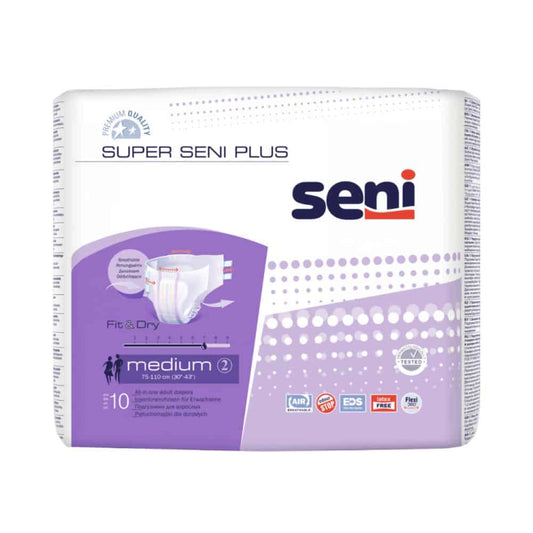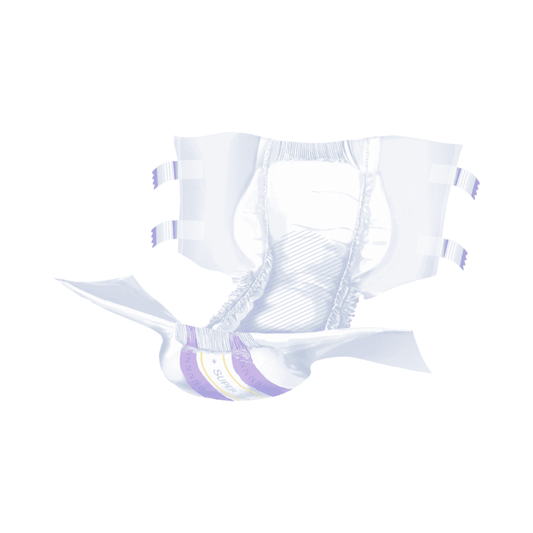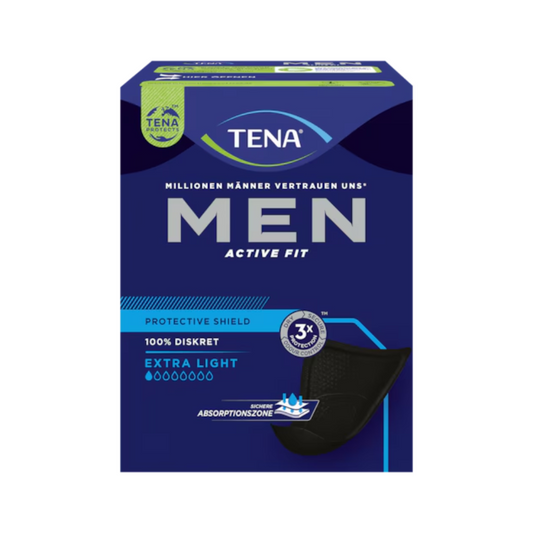
Tail pliers in use: effective tips for the safe removal of ticks
As soon as snow and frost are over, the time of the ticks begins. When the temperatures fall below seven degrees Celsius, the ticks go into a kind of winter rest, well protected from the frost. As soon as it gets warmer, these crawling animals come back and immediately go looking for victims that you can stab. At the same time, however, this also means that ticks in mild winters can still be active. Did you know that ticks are not only annoying, but also a transmitter of dangerous diseases? In this blog you will learn everything important about tick removal and receive valuable information to protect yourself and your loved ones from tick bites.
Protect your health
The TBE virus, also known as the virus of early summer meningoencephalitis, is caused by a viral infection that is transmitted by the stitch infected tick. This virus represents a serious health risk, especially in areas where ticks can be found frequently. The transfer is usually carried out during the warm months when the ticks are active and people are increasingly in nature. It is important to note that not all ticks transmit the TBE virus; Nevertheless, a tick bite can be potentially dangerous. The symptoms of TBE infection can range from mild flu-like signs to severe neurological diseases. It is therefore crucial to take preventive measures to minimize the risk of infection. This includes the use of protective clothing when staying in forested or grass -covered areas and the use of insect offices. In regions with high TBE incidence -such as Bavaria and increased in eastern Germany -it is also recommended to consider vaccinations against the virus to ensure reliable protection. Always pay attention to your own health and find out about suitable preventive measures to ensure that you and your family are well protected.


Constantly and effectively prepared against tick bites with the tick pliers!
One Tick pliers is essential to secure ticks safely and thus minimize the risk of diseases. When removing, you should make sure to grab the tick as close as possible to the surface of the skin. Move the pliers evenly and slowly pull out the tick to ensure that the head does not remain in the body. Make sure to keep the animal or humans calm during the process to ensure a complication -free distance. After the tick removal, it is advisable to thoroughly clean the affected area and to pay attention to any inflammation or redness. Also use products such as insect protection products to prevent future tick bites. Remember that early and proper distance is crucial for health, both for humans and for dogs.
The correct use of the tick pliers: step-by-step instructions
To secure a tick safely, the use of the tick pliers is of great importance.
- Preparation: To ensure that you successfully remove the tick, it is crucial to first position yourself in a well -lit environment. A bright and clear view of the affected area enables you to clearly identify the tick and to proceed with precision.
- Starting the tick pliers: As soon as you have localized the tick, take a special tick pliers at hand. Make sure you grasp the tick as close as possible to the skin surface. This is a critical step, because the closer you pull at the skin level, the lower the likelihood that parts of the tick will remain in the skin.
- Removing the tick: It is important to work carefully and evenly when pulling out the tick. Avoid jerky movements or sudden trains, as this increases the risk that parts of the tick remains in the body, which can lead to further health problems.
- The right aftercare: After you have successfully removed the tick, you should thoroughly disinfect the area. The use of a suitable antiseptic agent is essential to minimize the risk of infections. Make sure to choose a product that is suitable for wounds and has both bactericidal and fungicides. By carefully following these measures, they make a significant contribution to protecting their health and avoiding any adverse consequences of a tick bite injury.
Check your body and your dog regularly for further ticks, especially after a stay outdoors. A careful handling of products for tick removal helps to reduce the likelihood of pathogens and thus ensures your health and that of your animal.
For carefree adventures in nature
After successfully removing the tick, you should observe the area for signs of a tick bite or an infection in the following weeks. Find out more about the insect protection products and prevent tick bites, especially when walks with your dog.

The right aftercare: important measures for health check
Aftercare after a tick removal is crucial for your dog's health and you. Watch the puncture site on redness, swelling or rash. Regular control in the following days is advisable. Find out more about diseases that can transmit ticks. A doctor should be consulted for fever, head or joint pain. Insect protection products can prevent future tick bites.
To prevent: Effective insect protection against ticks
In order to prevent ticks, it is important to take some basic precautions, especially if they are in areas where ticks often occur. Wear long sleeves and pants, preferably in light colors, to see ticks more easily. In any case, use an insect repellent. If possible, stay on paved paths and avoid high grass and dense undergrowth. After a stay outdoors, you should thoroughly examine your dog's body for ticks. In particular, you should examine the knees, armpits and scalp. Pets that are much outdoors, such as cats, should also be checked regularly because they can bring ticks to the apartment. The HOLTHAUS Medical Pet Care Wage Pocket Allows you to quickly and effective first aid that is perfectly tailored to the needs of your four-legged friends.

Tail pliers vs. tweezers: What is the better choice?
The decision between the use of tick pliers and tweezers depends on various factors and should take into account both the individual situation and personal preferences.
- Specially developed: A tick pliers were specially designed to ensure the safe removal of ticks. It is characterized by a wide, flat opening, which enables the tick to reach close to the skin level and to pull it out gently. The tick pliers are compact and lightweight, which means that it can easily be taken to any place.
- Design advantage: Your special design offers the advantage that you can remove the tick on your body without pressure. This function is of crucial importance, since the crushing of the tick can lead to pathogens unintentionally reaching the bloodstream of the individual concerned. Such transmissions are related to various, potentially harmful diseases such as Lyme disease in dogs or TBE (early summer meningoencephalitis).
- Simple application: In addition, the use of a tick pliers simplifies the entire process of removing ticks. It ensures more precise handling and a higher level of security, which is particularly important in situations in which fast and effective measures are required. In comparison to this, tweezers can also be used, but the risk that the tick will not be reached optimally or is crushed when pulling - which could have potentially dangerous consequences.
- The alternative: On the other hand, tweezers can also be used to remove ticks, but it carries some risks. Pinchettes often have a narrow tip, which can cause the tick to not be fully recorded or that it is crushed when pulling out. In addition, not all tweezers are suitable for this purpose, since they do not always offer sufficient grip.

What is better, tick pliers or tick levers?
Both tools serve to secure ticks to minimize disease risks. The tick lever, flat and narrow, uses an effective lever mechanism to remove the tick gently and safely. The lever is carefully pushed under the tick so as not to injure the skin.
- Difficult handling for smaller or deeper ticks: The tick lever can be more difficult to use for very small or deep ticks, since it does not always offer enough gripping area. In such cases, the tick pliers can offer better control due to its precise gripping options.
- Dexterity required: The lever mechanism requires a certain degree of precision and skill in order to correctly push it under the body of the tick and pry them out without squeezing them. With the tick pliers, the process is often easier and requires less sensitivity, since the pliers directly capture and pull out the tick.

The conclusion: what is the best for tick removal?
To effectively remove ticks, it is important to use the right tools and techniques. A tick remover that was specially developed for this purpose is best suited.
| Tick pliers | tweezers | Tick lever | |
| Advantage | Precise and safe distance | Can be used universally and already available in almost every household | Gentle distance thanks to the effective leverage system |
| Disadvantage | Difficulties gripping deep ticks | Narrow tips that carries the risk not to grab everything from the tick | Difficult handling especially with smaller ticks |
Tail tongs: The best choice for your security
With us you will not only find a variety of products with which you can protect you, but also numerous other exciting contributions to health and well -being. Stay informed and protect yourself and your family with the best products and tips from Altruan.
































